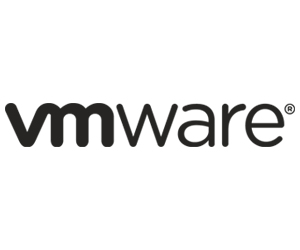1. Security and HIPAA Compliance
The scalability and agility that a larger network provides also increases the breadth and depth of security concerns. This is especially true as the nature of security threats shifts from data breaches to denial-of-service ransomware attacks, which can leave a hospital unable to provide patient care.
With SD-WAN, “security is in the DNA of the technology,” Logan says. It’s possible to implement an overarching security policy for the entire network while offering the right tools for the operational and regulatory compliance needs of each endpoint.
“You need certain things as you blow out the perimeter to do what’s right to protect your organization,” he says. “You need full visibility of traffic on the network. You need SSL decryption. You need URL filtering. You need data loss prevention, anti-malware protection and remote browser isolation.”
2. Efficiency in Network Provisioning
Healthcare organizations can ill afford delays in standing up new services, as lag time can lead to billing delays. The response to COVID-19 also required the rapid setup of remote triage, treatment and vaccination centers that depended on connectivity to access patient data and support remote monitoring.
A valuable component of policy-driven operation is the ability to implement networkwide zero-touch provisioning, Logan notes. Using zero-touch provisioning, network managers can preconfigure hardware devices to connect to corporate assets securely. All an end user needs to do is turn on the device and authenticate his or her connection, typically to a VPN.
“It’s up and running, out of the box,” Logan says. “There’s no human intervention. There’s no sticking hardware together.” Likewise, network managers can troubleshoot preconfigured devices remotely — a key advantage when hardware has been deployed to faraway locations or safety precautions prevent an onsite visit.
LEARN MORE: 4 tips for healthcare organizations considering SD-WAN.
3. Partner Support to Solve Healthcare Challenges
Hospitals aren’t going to uproot the electronic health record software, imaging systems and other legacy technology they depend on to provide patient care, Logan notes. After all, no one company will be able to address all of healthcare’s technology challenges: “The pandemic brought to bear that it takes a community to solve these problems, not one person.”
However, as organizations add Software, Platform and Infrastructure as a Service products that modernize access to legacy technology, it’s important to be able to manage this increased complexity in a decentralized way. SD-WAN can meet this need using open access application performance interfaces that enable connections to the existing products that organizations have already invested in, Logan says.
“Our perspective is to layer services onto a vast ecosystem, to maximize the value of the solutions being brought forward,” he says. “That way, an organization can bring whatever it would like to ensure seamless and quality patient experiences.”
4. Reliability and Improved Patient Care
As healthcare organizations expand their perimeter — both in brick-and-mortar branch locations and in the digital services that support these offices — they must strive for what Logan calls a “frictionless” experience. This has the twofold benefit of improving access to care for patients while simplifying access to technology for providers.
“We’re looking to accelerate the path to providing access to any application, on any cloud, on any device. That’s real-time healthcare,” Logan says. “It extends the reach of care and ensures that the business is resilient. It creates an operational environment that’s clean and simple, and it drives services where they need to be — right at the edge for the patient.”
Brought to you by:











